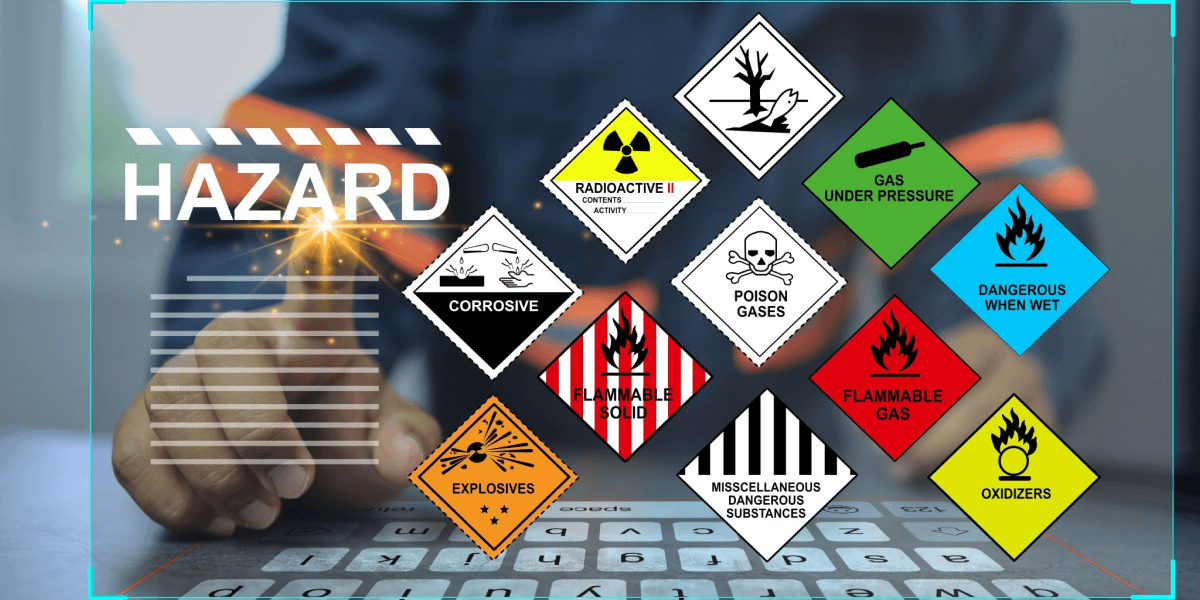
Table of Contents
Introduction
In most countries, occupational safety and health regulations stipulate the necessity of safety training. These regulations are enforced by government agencies, such as the Occupational Safety and Health Administration (OSHA) and similar bodies worldwide. Legal mandates surrounding safety training vary across different jurisdictions and industries, but the underlying goal is to ensure a safe and healthy working environment.
Is safety training required by law?
Whether yes or no, please opt for it!
But let us find a true and logical answer to the above tricky question.
The truth is that health and safety training will be mandated by law for all businesses. Your team could require further training, certifications, and credentials.
For example,
Consider that your team has a new member. Since it’s their first day on the job, they might not be fully aware of the specifications. Yes, they do have a general understanding. But the specifics, the ins and outs, the guidelines, and the structure are all brand-new. You will be surrounded by foreign people, tools, and surroundings.
Similarly, consider a current team member right now. They are aware of everything the new member is unaware of. But the work they undertake for you still involves adjustments for them. They might work at various locations or areas. Perhaps they occasionally employ modern equipment. Or they may have received a promotion and now have new duties.
New risks arise when someone starts a new job or when adjustments are made in an existing role. Some sort of training would be helpful in both instances.
Because the primary goal of health and safety education is to inform employees of what to do and how to do it safely.
But what does the law say regarding training in health and safety? Is it desirable to have or mandated by law? And is it applicable to both small and large businesses? What is the legal requirement for health and safety training?
Let us answer these questions one by one.
The Legal Requirement for Health and Safety Training
Employers are legally responsible for employee health and safety. One of their duties is to provide employees with information, training, and instruction to guarantee their health and safety.
They might require toolbox presentations, on-the-job training, and internal inductions. Frequently, a combination of both is needed.
So yes, safety training is required by law.
But what is the legal requirement for health and safety training?
How are you expected to decide what kind of instruction to give? And who makes the decisions?
Since the Health and Safety at Work Act applies to all organizations, what is required for a construction company may not apply to an office or a shop. There are instances when you must determine what health and safety training is required. Moreover, what degree?
The training needs can vary greatly, even within one area. A demolition contractor, for instance, wouldn’t require the same training as a scaffolder or painter.
The requirements for training may change even within the same job type. For instance, one employer may need more training than the others.
But what are the HSE training requirements, and why do businesses need training in HSE?
Why Do Businesses Need Training in HSE?
Reduces/Eliminates employee deaths due to workplace accidents
Businesses need HSE training to comply with occupational health and safety regulations, which were created to safeguard employees from workplace mishaps.
Adopting HSE training requirements for your sector is essential to avoiding avoidable workplace accidents. Fewer workplace accidents keep your employees healthy and able to perform their duties.
Keeps the workplace’s sensitive and general operations running.
HSE education and training are essential to preventing workplace accidents and maintaining a sufficient workforce. Giving workers the proper HSE training makes it easier to fulfill tasks when needed.
Specialized work will not be entrusted to untrained personnel.
To give staff members thorough safety training
Executive health and safety training covers a range of safety measures needed for efficient, risk-free operations at work. Complete health and safety training is a goal of professional HSE programs to meet standards.
HSE Training at Work – The Benefits
Businesses can reduce hazards while operating by providing employees with the right health and safety training. The following advantages accrue to employers who devote time and money to workplace health and safety training:
Providing personnel with appropriate HSE training has several benefits for firms.
Conclusion
Safety training facilitates your personnel’s ability to deal with a crisis that could negatively impact your bottom line. Your crew, which is your most valuable asset, is crucial to your company’s success. It goes without saying that in this situation, the safety of your crew becomes your top priority.



